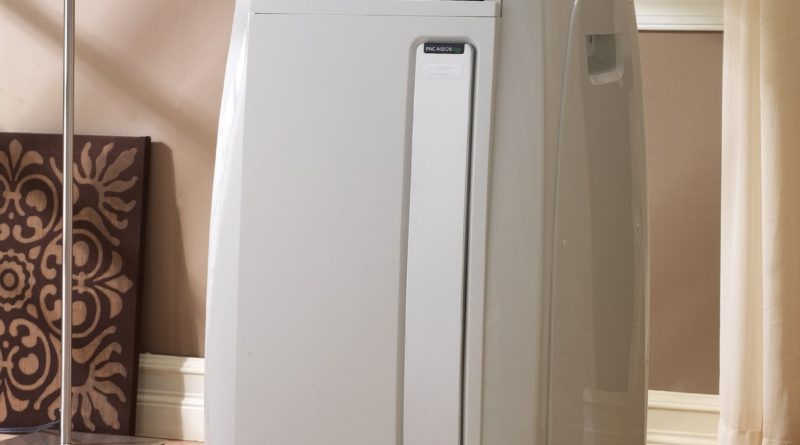The Comparison of Portable and Window AC Models
Resorting to hand fans and icy drinks can help us withstand the summer heat, but only for so long. When the outside thermometer starts “sweating” with the increase of temperature, it’s best to have a working A/C unit at hand. For offices and household alike, this is the best way to accomplish an evened, cooled atmosphere.
The market options are numerous, but two types are the most popular and widespread, portable and window models. Now, how to select your perfect fit? We’ve got some solid advice to help you in your search.
How do these devices work?
Prior to digging in the vast offer, it’s wise to know how air conditioning units work so you can make a more informed choice. Basically, this device employs chemicals named refrigerants. The heat from the surrounding air is absorbed by them while they’re passing over a set of coils which subsequently cools the indoors. The refrigerants convert from liquid to gassy state in this process.
The gas is then pressurised by a compressor which results in heat production that’s released to the outside. For example, portable units have an exhaust line that sends the hot air out the window. The window unit is outside already so it simply removes the heat.
Calculate your specific needs
Since you’re now equipped with a better understanding of how these units work, we can proceed to the matter of planning. The assessment of your particular needs is crucial in making a successful purchase. The factors that determine your decision are the size of your living space and the desired position.
Some business premises and households already have a central system for air conditioning. This can, however, be a rather costly investment that’s often cooling the rooms that are not in use all the time. When compared to this, both window and portable units are definite money savers as you can restrict the portion of your home you want to chill.
Portable models
This type of air conditioners is a choice of people who like to do things themselves, as installation is not too demanding. You’d get a window kit for the placement of a tiny exhaust. That’s the path of evacuation of the excess room heat. Device’s mobility enables you to move it from place to place according to your momentary needs. You can also install it through a ceiling vent or a door using specialised kits.
Make sure you’re careful when you transport it from spot to spot so you don’t damage the exhaust tube. One of the downsides is that it may not be entirely appropriate for people with small children and pets. Since the unit is at the floor level, our little people and furry friends can reach it with ease, and potentially jam it or mar some parts of it.
Window models
The first thing that stands out with this type of air conditioners is that the device is not stored inside your living quarters. That’s rather convenient for people who have small flats or just need to declutter, and that’s pretty much ideal for residential air conditioning solutions. It’s a potential long-term investment for landlords and owners too. Also, when it comes to the energy consumption, the window model is somewhat ahead of its portable counterpart with a more efficient cooling power.
When buying a window model, mind the BTU specs. Higher the number, bigger the spaces it can successfully chill. Common features of this type include digital thermostat, timer and remote. It’s good to know that window models don’t necessarily demand window space, but a simple wall can do as well. For this, look out for the models that support this possibility and have an adequate kit for wall setups.
Tips on the go
For many people, noise pollution is a valid point when the selection of new home appliances and devices is in question. Our two models are pretty much even when it comes to the intensity of the sound they make, yet some variations do exist among different manufacturers.
Make sure to pay special attention to the decibel rating on the product label: the lower the numbers, the better. You can also calculate the noise levels your unit will make in the desired space by putting other surrounding parameters into the equation.
Both window and portable A/C units are powerful, energy-saving tools for effective home cooling. Assess your space requirements carefully and you’ll figure out what’s your ideal match.

